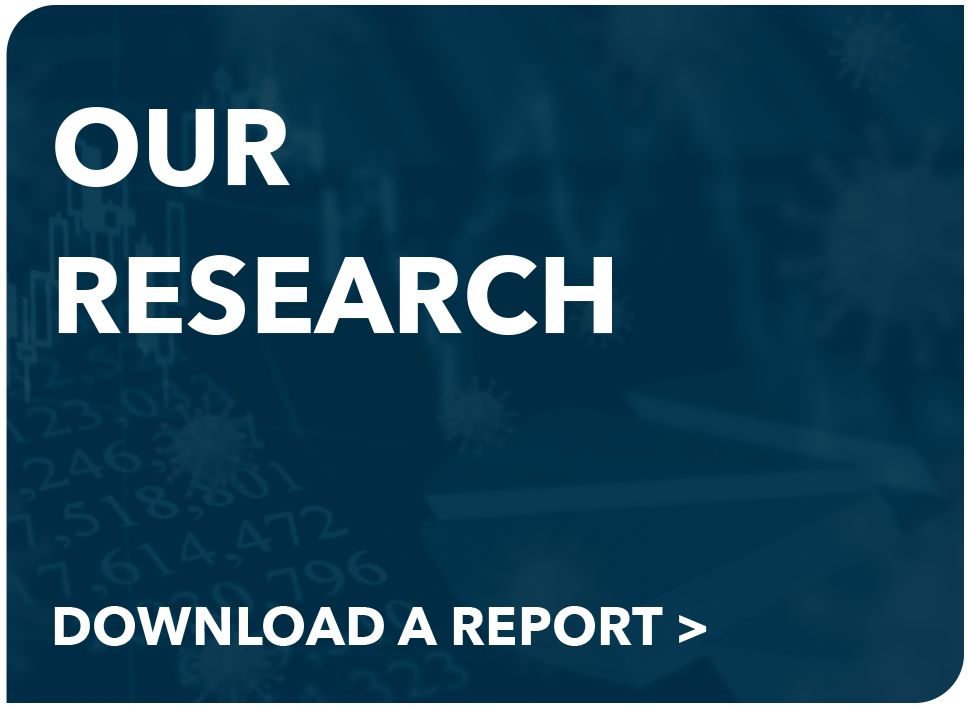GDP GROWTH:
The nation’s gross domestic product slowed in the first quarter, increasing at an annual rate of 1.6%, the lowest growth since early 2022.
The Q1 output of goods and services was weaker than expected. Economists surveyed by Dow Jones had been looking for an increase of 2.4%. In the fourth quarter of 2023, GDP was up 3.4%.
The Department of Commerce also said the personal consumption expenditures price index – a key inflation variable for the Federal Reserve – rose 2.7% from a year ago in March and was up from 2.5% in January and February 2023.
The latest inflation reports were “not as hot as feared,” said George Mateyo, chief investment officer of Key Bank. “But investors should not get overly anchored to the idea that inflation has been completely cured and the Fed will be cutting interest rates in the near-term,” Mateyo said. “The prospects of rate cuts remain, but they are not assured, and the Fed will likely need weakness in the labor market before they have the confidence to cut.”
The Fed watches the PCE index in particular because it adjusts for changes in consumer behavior and places less weight on housing costs than the more widely circulated consumer price index from the Labor Department.
Some analysts say that the sharply reduced GDP in Q1 could signal the beginning of a broader economic slowdown that Federal Reserve policymakers hope will be accompanied by reductions in inflation. But, since late 2022, the strong economy has defied forecasts of a sharp pullback or recession, shrugging off the Federal Reserve’s aggressive interest rate hikes and the spiking inflation that the Fed’s high interest rates aimed to tame. READ MORE >
EMPLOYMENT:
U.S. job growth topped expectations in March for the 39th straight month of gains, and the first-quarter unemployment rate fell to 3.8%. Workers’ earnings continue to outpace the broader U.S. inflation rate.
The nation’s labor market added 303,000 jobs in March, the most in 10 months, and there was an acceleration in the monthly pace of nonfarm payroll gains, following 256,000 jobs in January and 270,000 in February.
Job gains in the first quarter averaged 276,000 per month compared to the fourth-quarter 2023 average of 212,000. Average monthly job growth in the first quarter exceeds the 2019 pre-pandemic average by more than 100,000.
The jobless rate was down 0.1% from February. The unemployment rate has been less than 4% for 27 straight months, the longest such stretch since 1967 to 1970. The number of unemployed people also fell slightly to 6.4 million.
“This is another really strong report,” Lauren Goodwin, economist and chief market strategist at New York Life Investments, told CNBC. “This report and the February report showed some broadening in terms of job creation, which is a very good sign.”
The labor force participation rate, or the proportion of working-age Americans who have a job or are looking for one, rose to a four-month high of 62.7% from 62.5% in February. The employment-to-population ratio, viewed as a measure of an economy’s ability to create employment, also climbed to a four-month high of 60.3% from 60.1% in February. READ MORE >
MONETARY POLICY:
Persistent inflation throughout the first quarter has raised doubts whether the Federal Reserve will be able to lower interest rates as planned this year without signs of an unexpected economic slowdown.
From remarks by Federal Reserve Chairman Jerome Powell after March’s higher-than-anticipated inflation totals were released, it was clear the Fed’s revised outlook has dimmed hopes for rate cuts this summer. Officials previously said they were looking for strong signs that inflation was returning to their 2% target. There had been optimism that another month or two of data might support the three interest rate reductions planned for this year.
But Powell’s latest comments suggest the central bank will now need to see several more acceptable monthly inflation reports, effectively delaying rate cuts until later in the year and underscoring the difficulty of achieving a so-called soft landing.
The Labor Department reported that core inflation in March was up 3.8% year over year. That broke a yearlong streak in which the 12-month change had declined in each month. Core inflation excludes volatile food and energy prices, and economists treat it as a better gauge of underlying price pressures.
“The recent data have clearly not given us greater confidence and instead indicate that it is likely to take longer than expected to achieve that confidence,” Powell said at a moderated question-and-answer session in Washington in early April. READ MORE >
GLOBAL ECONOMY:
Continued slow but steady growth is seen for the global economy. In an April update to its World Economic Outlook, The International Monetary Fund said the 3.2% rate of global expansion should continue at the same pace throughout 2024. “The global economy continues to display remarkable resilience with growth holding steady and inflation declining, but many challenges still lie ahead,” said Pierre-Olivier Gourinchas, the IMF’s chief economist. The current rate of growth is low by historical standards, owing to both near-term factors, such as high borrowing costs and withdrawal of fiscal support, and longer-term effects from the COVID-19 pandemic and Russia’s invasion of Ukraine.
Overall economic activity was surprisingly resilient through the global disinflation of 2022–23. As global inflation descended from its mid-2022 peak, economic activity grew steadily, defying warnings of stagflation and global recession.
Growth in employment and incomes held steady, reflecting supportive demand developments – including greater-than-expected government spending and household consumption – and a supply-side expansion amid, notably, an unanticipated boost to labor force participation. The unexpected economic resilience, despite significant central bank interest rate hikes aimed at restoring price stability, also reflects the ability of households in major advanced economies to draw on substantial savings accumulated during the pandemic.
Global headline inflation is expected to fall from an annual average of 6.8% in 2023 to 5.9% in 2024 and 4.5% in 2025, with advanced economies returning to their inflation targets sooner than emerging market and developing economies. Risks to the global outlook are now broadly balanced. On the downside, new price spikes stemming from geopolitical tensions, including those from the war in Ukraine and the conflict in Gaza and Israel, could, along with persistent core inflation, raise interest rate expectations and reduce asset prices. READ MORE >




